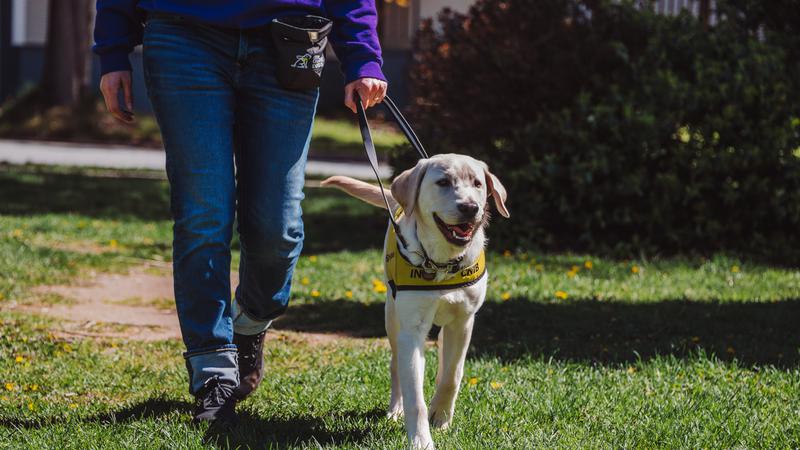
City provides update on impact from COVID-19 in second State of City address
The City of North Battleford gave an update to residents in the second State of the City address held via Zoom Monday to discuss ongoing projects and the impact from the COVID-19 pandemic.
Mayor Ryan Bater said “a lot has changed” from the city’s first State of the City address in March since the arrival of the pandemic.
“When the pandemic became a reality it changed the lives of everybody around the world, here in Canada, in Saskatchewan and in our City of North Battleford,” he said.
Regarding finances, the mayor said the city had to close many of its facilities as of late-March due to the province’s public health orders preventing gatherings.


